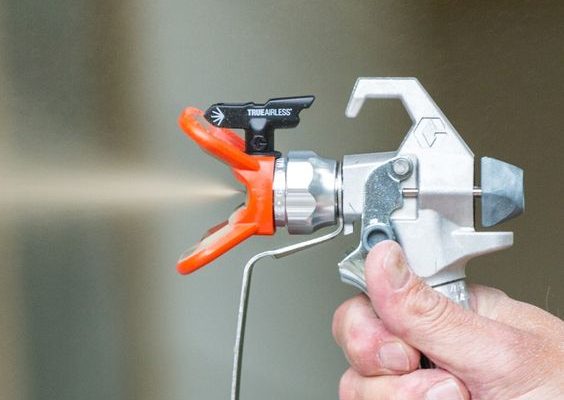How to Selectively Breed Betta Fish

Introduction
Betta fish, also known as Siamese fighting fish, are popular aquarium pets due to their stunning colors and elaborate finnage. Selective breeding is the process of mating two specific individuals with desirable traits in order to produce offspring with improved genetic potential. Breeding betta fish can be an enjoyable and rewarding experience, but it also requires a certain level of knowledge and dedication. In this article, we will explore the steps on how to breed betta fish selectively and ensure their well-being throughout the process.
1. Research and choose your breeding stock
The first step in selectively breeding betta fish is conducting research and choosing high-quality breeding stock. Look for healthy adult bettas with desirable traits such as vibrant colors, symmetrical fins, and unique patterns. Consider consulting breeder forums or reputable online resources to learn more about the genetic traits desirable in various strains of betta fish.
2. Set up a proper breeding environment
A comfortable and safe environment is crucial for successful breeding. Set up a separate breeding tank with a water heater, filter, live plants, and hiding spots where the female can escape from the male if necessary. Maintain clean water conditions by performing regular water changes.
3. Condition the breeding pair
Before introducing your betta pair to the breeding tank, condition them on a high-quality diet for at least two weeks. Feeding them live or frozen foods like brine shrimp or bloodworms will help strengthen their immune systems and promote fertility.
4. Introduce the breeding pair
Once your bettas are conditioned, introduce them into the breeding tank while ensuring safe environmental conditions for spawning (water temperature between 78-82°F). Ideally, place a clear divider in the tank to allow them to see each other without physical contact to avoid stress and injuries.
5. Monitor courtship behavior
Bettas have complex courtship rituals. The male will often build a bubble nest to impress the female, and they will engage in a dance called the embrace. Be patient, as this process can take several days. It is important to monitor their behavior closely to ensure they do not harm each other.
6. Remove the female betta after spawning
Once the eggs are fertilized and placed in the bubble nest, gently remove the female betta from the breeding tank. The male will tend to the nest and protect the eggs until hatching. If aggression continues after introducing your pair, consider postponing breeding for a few weeks or trying with different individuals.
7. Care for the fry
After 2 to 3 days, the eggs will hatch into fry. At this stage, remove the male betta from the tank and provide proper nutrition for the fry like infusoria, brine shrimp nauplii, or specialized fry food.
8. Observe and track results
Once your fry has matured enough to display identifiable characteristics (typically around two months old), evaluate them based on the desired traits you prioritized during your selective breeding process. Take note of these traits and consider using them for future breeding purposes.
Conclusion
Selective breeding of betta fish is an intricate yet deeply rewarding process that allows hobbyists to create unique and beautiful fish generations. With patience, research, and proper care techniques, you can expand your knowledge of genetics while enhancing your enjoyment of this fascinating species.






